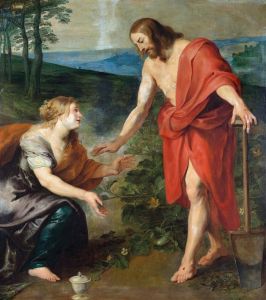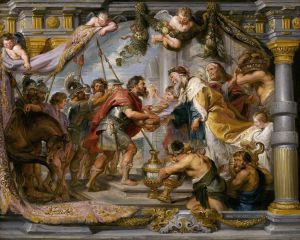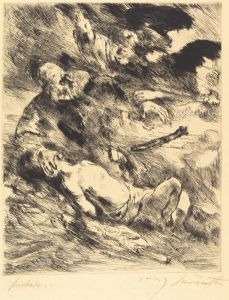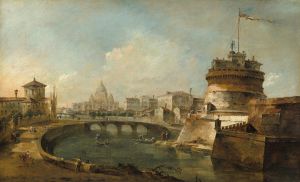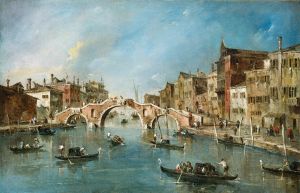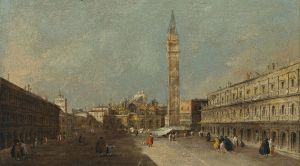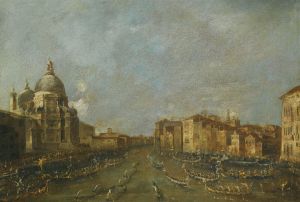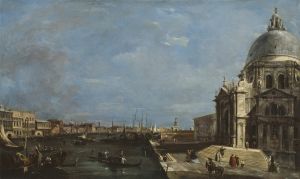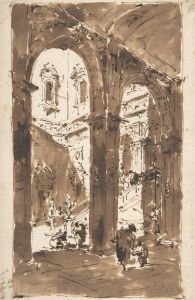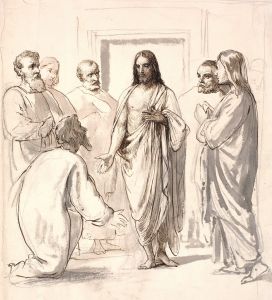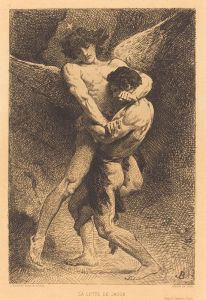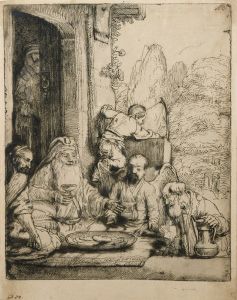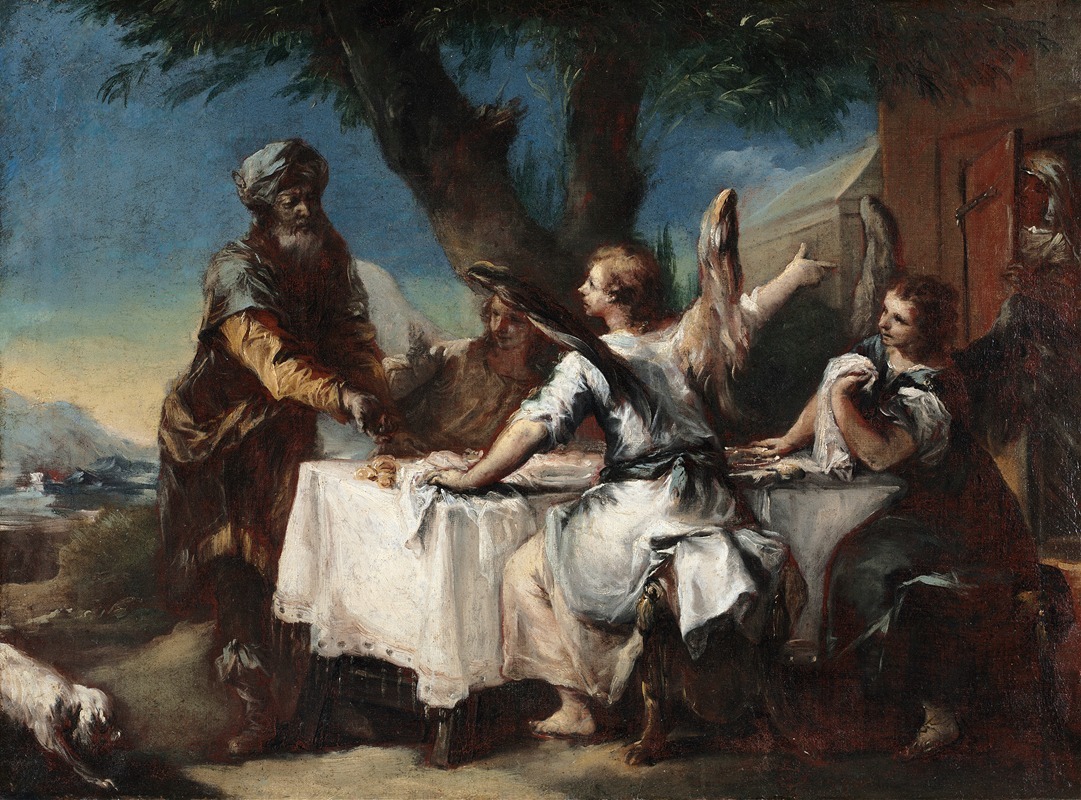
Abraham Welcoming the Three Angels
A hand-painted replica of Francesco Guardi’s masterpiece Abraham Welcoming the Three Angels, meticulously crafted by professional artists to capture the true essence of the original. Each piece is created with museum-quality canvas and rare mineral pigments, carefully painted by experienced artists with delicate brushstrokes and rich, layered colors to perfectly recreate the texture of the original artwork. Unlike machine-printed reproductions, this hand-painted version brings the painting to life, infused with the artist’s emotions and skill in every stroke. Whether for personal collection or home decoration, it instantly elevates the artistic atmosphere of any space.
Francesco Guardi (1712–1793) was an Italian painter of the Venetian School, known for his vedute (view paintings) and capricci (imaginary landscapes). While Guardi is primarily celebrated for his depictions of Venice, he also created a number of religious and historical works, including "Abraham Welcoming the Three Angels." This painting is an example of his engagement with biblical themes, though such works are less common in his oeuvre compared to his cityscapes.
"Abraham Welcoming the Three Angels" illustrates a scene from the Book of Genesis (18:1–15) in the Old Testament. The narrative recounts the moment when Abraham, sitting at the entrance of his tent, is visited by three angels. These figures, often interpreted as divine messengers or a manifestation of God, inform Abraham and his wife Sarah of the impending birth of their son, Isaac, despite their advanced age. The story is significant in Judeo-Christian tradition as a demonstration of faith, hospitality, and divine promise.
The painting depicts Abraham greeting the three angelic figures, who are typically shown as travelers or pilgrims. Guardi's interpretation of the scene reflects his characteristic style, which combines a sense of atmospheric lightness with expressive brushwork. The composition likely emphasizes the interaction between Abraham and the angels, with a focus on their gestures and expressions to convey the narrative's spiritual significance.
As with many of Guardi's works, the exact date of creation for "Abraham Welcoming the Three Angels" is not definitively documented. However, it is generally attributed to the later period of his career, when his style became increasingly loose and impressionistic. The painting demonstrates Guardi's ability to adapt his techniques to different subjects, moving beyond the architectural precision of his Venetian views to explore the emotional and symbolic dimensions of a biblical story.
The provenance of the painting, including its original commission and subsequent ownership, is not widely recorded in available sources. Today, "Abraham Welcoming the Three Angels" is housed in a public or private collection, though specific details about its current location may vary depending on recent exhibitions or acquisitions.
While Francesco Guardi is not primarily known for religious works, "Abraham Welcoming the Three Angels" serves as a testament to his versatility as an artist and his ability to engage with a variety of themes. The painting remains an example of his contribution to the broader artistic traditions of 18th-century Venice.





